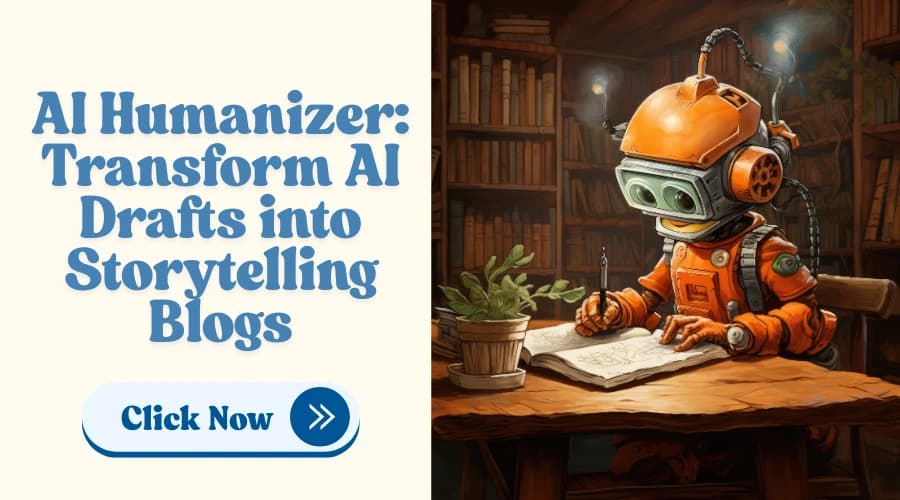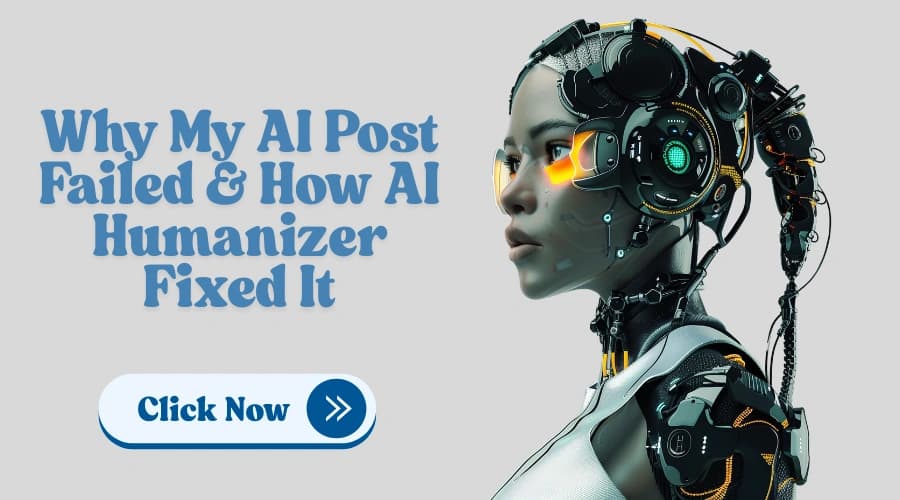Let’s be honest, who hasn’t used ChatGPT to whip up a quick blog post, essay, or even a clever email reply? It is fast, exceptionally articulate, and feels like having a digital co-writer on call 24/7. If you are a student facing many deadlines or a marketer who constantly has to produce content, the advantage brought by AI is definitely difficult to overlook.
But here’s where things get tricky.
Content flows faster and faster each day, and a question that goes around our heads is: If everyone’s using AI to write, how original is any of it, really? Further to the question, what happens when people unintentionally find themselves in a plagiarism area due to the AI tool?
On the way to hurry up, many creators skip the hidden signals of trouble. And that’s where the real story begins.
Benefits of Using AI: The Lack of Time And The Increased Cost?
ChatGPT has significantly transformed the way we write. If you're writing a blog, essay, assignment, or drafting an email, it brings numerous benefits. With a prompt tool produces text that would normally take long hours of manual typing. It's fast, efficient, and smart. But here's the question we never ask: Is fast content actually good content? And the most intriguing point is whether the AI-generated material can violate the ethical borders without us noticing?
As academic establishments and professional forums become stricter with their content policies, the difference between “smart assistance” and “unintentional plagiarism” is getting thinner.
The Plagiarism Blind Spot
This is what confuses most, quite often the case of plagiarism is not only copying from one’s work but also as the issue that is rephrased in AI-generated content by the patterns, phrases, and structures of the many sources it has been trained on.
You might not see same match but AI checkers have started recognizing smaller overlaps- expressions being too familiar, structure being too formulaic, or tone lacking individualism. This type of soft plagiarism flies under the radar of traditional checkers but sets off alarms with modern AI detection tools like GPTZero or Turnitin’s AI writing detection.
This is called the plagiarism blind spot and this is the place where content creators are caught off guard.
A Case Study of Unintentional Copying
Ashley, who is a university student, uses ChatGPT while working on her sociology paper. She slightly revises her work, cites some sources, and then submits it with full confidence. A week later, she receives a warning email from the institution; her work has been detected as AI-generated and maybe plagiarised by the institution's AI checker.
She didn't copied anything. She was not even aware that the AI-generated structure or phrasing might be the problem. She is not the only one. Stories like Ashley's are now becoming more and more common as schools and businesses crack down on AI-generated content.
The case isn't about cheating. t’s the lack of humanization in the content.
The Invisible Problem: Humanizing AI Content
The main reason is the loss of the personal touch, not the use of AI. AI can effectively combine facts and form understandable paragraphs; however, it cannot create examples, natural flow, and emotional depthness that human authors put into writing.
That’s why converting AI-to-human text is so crucial. Changing the tone slightly, a sentence rephrased with an emotional appeal, or a paragraph that reveals a person's perspective could make the difference, not only for the readers but also for the AI detectors.
By converting AI Humanized text, you are not just rewriting, you’re reviving. The content breathes better, reads naturally, and becomes unmistakably original.
A Different Kind of Tool: Making AI Work for You
This is where AI Humanizer Pro steps in, not to replace AI, but to refine it. It is a web-based tool that is specially designed to assist students, content creators, researchers and professionals in turning AI-generated content into a human-like text, that not only maintain the original meaning but also enhance the readability and emotional appeal.
The Main Functions of AI Humanizer Pro:
- Advanced Text Humanization Engine: Uses advanced NLP algorithms for generating human-like text that doesn't lose the original context.
- Customizing Options: Choose a tone (formal/informal/academic), length (expand/shorten), and style variations, to make the content according to your prefferd choice.
- Multi-detcetor AI Detection Testing: Testing over 8+ AI checkers to bypass AI dettection tools like GPTZero, Turnitin, ZeroGPT, OpenAI’s classifier, etc.
- Zero AI Mode: The feature ensures that your text bypasses advanced AI detcteors and is accordignt o the guidelines.
- Transparency: Showcasing all the chnages made and giving full control over the content helps you understand the changes made, improving your writing skills.
Instead of fearing AI detection systems, AI Humanizer turns them into checkpoints you’re ready for.
Why It’s Not Just About Avoiding Plagiarism
While escaping plagiarism penalties is important, the bigger win lies in creating content that feels genuinely yours. When you employ a humanizing approach in AI content, you are not just pursuing a tick in the box you are putting in voice, intention, and authenticity.
The original content should create trust with the audience, teachers, and clients they are the source of the writer’s credibility andcreate a lasting impression. In a world of copy-pasted messages, authenticity is your loudest signal.
New Opportunities in AI Content Creation
It’s time we rethink how we use AI in content creation. ChatGPT and similar tools should be seen not as shortcuts, but as starting points, sparks that ignite ideas. The real magic happens when you refine those sparks with your voice, your thoughts, and your style.
AI Humanizer Pro bridges the gap between speed and authenticity. It empowers you to use AI responsibly, creatively, and confidently, without worrying about getting flagged or sounding robotic.
Let’s move beyond the binary of AI vs. Human. With tools like AI Humanizer, we’re entering a new era: AI + Human.
Useful Links
1. Crafting Real Estate Listings Using AI Writing Tools
2. Will AI Ever Write Like a Human?
3. Is Your AI-Generated Email Turning Off Clients? Fix It in Seconds
4. Struggling to Maintain Brand Tone With AI Tools? Here’s the Fix






